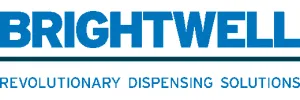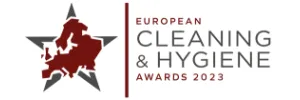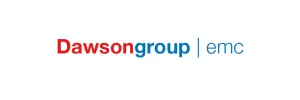News & Insights
Read the latest news from us and our clients across the globe

Posted on 17 October 2016 by adtrak.admin
Cinderella shall go to the ball
In the fairy tale, Cinderella famously went to the ball wearing glass slippers. As well as sounding rather uncomfortable, most people would think the fragile nature of glass makes it an odd choice for footwear, but it does have one advantage.
Under the right conditions glass is endlessly recyclable, so you’d never have to wear the same shoes twice! Adrian Convery, Business Development Manager at waste management specialists, CDEnviro, explains how we can make the most of this valuable and adaptable resource and boost the circular economy.
 Glass slippers may be a novelty item, but glass bottles and jars are certainly not. On an annual basis approximately 9,350 million bottles and jars are used in the UK. That means the average family uses 500 of them every year – that’s a lot of wine, pasta sauce and jam!
Glass slippers may be a novelty item, but glass bottles and jars are certainly not. On an annual basis approximately 9,350 million bottles and jars are used in the UK. That means the average family uses 500 of them every year – that’s a lot of wine, pasta sauce and jam!
The cost of disposal for ‘waste’ has been rising for years thanks to the landfill directives and landfill tax rises. However, there’s no need to throw glass away. It is 100% recyclable without any loss of quality, strength or functionality so there is a genuine opportunity to divert this important resource from landfill and no excuse for not doing so. WRAP reports that in the UK, 60% of the glass used is recycled, which is a good start, but there’s still some way to go.
Rescuing, reforming and reusing glass requires less energy than mining raw materials and starting the process from scratch. Recycling just one glass bottle can save enough energy to power a computer for 25 minutes. Using recycled glass also saves our precious resources and means less damage and disruption to our countryside.
Each tonne of recycled glass saves more than its weight in raw materials, significantly reduces energy costs and vastly cuts greenhouse gas emissions, including carbon dioxide, nitrogen oxide and sulfur oxides, when it is recycled with maximum efficiency.
Since the introduction of the landfill tax, it is believed that 90% of landfill sites in England have been closed and further closures are planned. This means there’s a logistical incentive to reduce landfill alongside the economic and environmental ones.
Getting past the barriers
Industry practises are crucial to increasing levels of glass recycling and recovery. Efficient sorting depends on the recyclable glass material being clean, as the value of the crushed glass (cullet) is reduced by any impurities. There are a variety of contaminants which need to be removed during recycling. This involves a range of processes, such as collecting aluminium bottle tops using magnets. However, conventional dry processing techniques are not able to remove organic materials (like labels and cork from wine bottles). This reduces the cost-effectiveness of the process and the amount of material that can be reused.
Advances mean higher quality
New higher quality processing techniques have now been developed. These safeguard resources and ensure vast outlet opportunities for glass to be reused at a local level, as there is a higher quality end product. The new technologies can control output quality irrespective of input quality, which ensures subsequent glass manufacturing processes are much more efficient.
This technology not only focuses on sorting and classifying the recyclable glass, but also on removing contaminants, such as organic matter and minimising plastics, to ensure the cleanest material for further processing.
Using effective processes to provide a high quality output reduces the life-cycle costs of glass recycling which, in turn, ensures products produced using these innovative technologies can realise yields that traditional methods can’t.
Winning hearts and minds
Of course, even the most sophisticated machinery and solutions will fall short if there isn’t sufficient glass available to process. Increasing the amount of glass recycled requires consumers to understand the high potential for glass recycling and that their efforts are not in vain.
There are numerous campaigns and initiatives in place, such as offering mixed-glass collection, to make life easier for consumers, and help increase recycling levels. An important component of these is to communicate the value of recycling glass and the amount that could be recycled with their support.
Modern applications
For glass to play its part in the circular economy, we need to see increasing recycling levels. For this to happen the most effective solutions needs to be engaged so that quality recycled glass is produced efficiently and effectively every time.
While glass can’t be transformed into pumpkins (and vice versa) like the carriage in Cinderella, we should be making sure we turn the vast majority of it back into bottles, jars and other useful materials. That really would be a real fairy-tale ending!
Published in Solids and Bulk Handling – October 2016
Experts in Public Relations Services & Communications Management
Our ServicesGenuine industry specialists in cleaning and hygiene, environmental and recycling, and facilities management
Our Sectors












